China Property Price Growth Slows to 21-Month Low
Growth in the cost of new housing in China decelerated for a twelfth straight month in November, according to official figures, marking the slowest rise since early 2016.
Growth in the cost of new housing in China decelerated for a twelfth straight month in November, according to official figures, marking the slowest rise since early 2016.
While property prices in China continue to rise, mortgage fraud remains largely a hidden danger, much as subprime loans in the United States remained mostly out of sight ahead of the 2008 global financial crisis.
In his nationwide address to usher in the start of 2017, China’s President Xi Jinping said he was “seriously concerned” about people living in hardship in his country — those who struggle to find jobs, housing, health care and education for their...
Ocean Flower Island is a vision of luxury, Chinese-style. A man-made archipelago off the coast of the tropical island of Hainan in the South China Sea, it will boast thousands of apartments, 28 museums and 58 hotels including one which is “7-star...
Chinese banking regulators have told lenders to crack down on the use of consumer loans to finance home purchases, the latest effort to cool down the overheated property market and rein in financial risk.
Hundreds of demonstrators have marched through a shopping district in the Chinese city of Shanghai protesting against changes to housing regulations, in a rare show of public dissent in the financial hub.
Big cities escalate efforts to curb the soaring prices that are stoking anger

Curbing wasteful socialist-era business practices and taming unruly real estate and lending sectors will take center stage at the annual meeting of China’s legislature, which starts next week, with some also looking for signs of a...

Li Yi, a young computer engineer working in Beijing, said authorities forced him out of his apartment in a village in Haidian district in November, days after his power supply was cut off even though he had paid the bills.
...
"They came and banged on tenants' doors every day until they agreed to move out, and they cut off their power supply for a week"
Planeloads of buyers fly in as condos rise from the sea
A small and decidedly nondescript city called Yanjiao, about an hour’s drive from Beijing, has been experiencing an influx of artists
Chongqing mayor’s star rises thanks to scrutiny of real estate market
Rising property prices have been inspiring desperate measures, as frenzied buyers are seeking to act before further regulatory curbs are imposed
There are signs mortgages are crimping household spending, in an economy increasingly reliant on domestic consumption
Even as Chinese authorities desperately try to cool down an overheated housing market, their efforts are unlikely to halt the rise of speculators greased by low borrowing costs
Speculators targeted as 15-month price surge persists
All land in China is owned by the government, which parcels it out to developers and homeowners through 20- to 70-year leases.
Wenzhou case underscores uncertainty over land leases in country where government owns all the land.
This photo series of Chinese hairdressers was made in the spring of 2012, in the city center of Chengdu in Sichuan province. There, some 16 percent of the city’s...
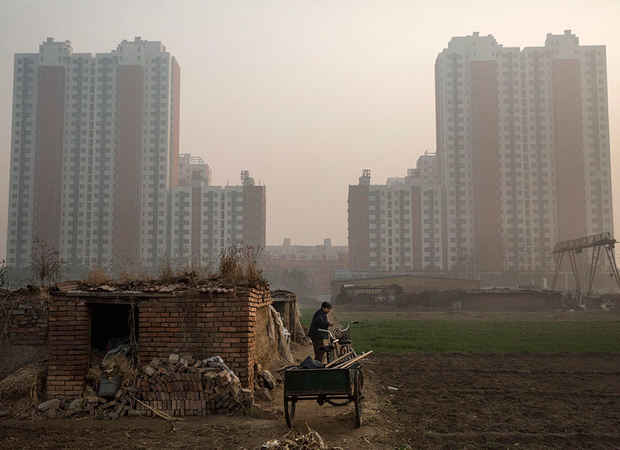
Luigi Tomba, expert on municipal government in China, fellow at the Australian Centre on China and the World, and author of the book ...
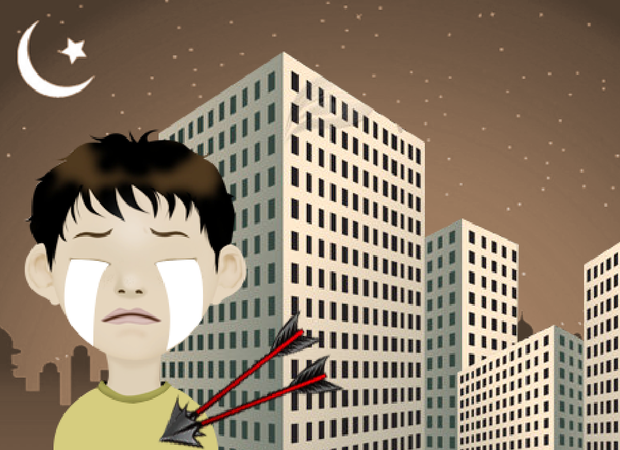
Compared with the numbers of a few years ago, first and second tier cities in China have an oversupply of stock on the housing market...
“China has clear signs of ‘froth,’ if not a bubble, in housing,” says Goldman Sachs. It looks reminiscent of the bubbles in Japan in the early 1990s and the U.S. from 2006 to 2010, it says—and finds China might turn out differently.


This week on Sinica, Kaiser and Jeremy are joined by Damien Ma, author of In Line Behind a Billion People, a new book for China-watchers looking at how...
Back in China after many years in the U.S., Yuxin Gao feels alienated and silenced, and many ask why she returned.
Property prices have almost quintupled in leading Chinese cities over the past decade and they are perhaps the biggest single threat to the country’s economic and social stability.
Chinese developers are starting to take advantage of demand for real estate around the world from Chinese nationals as the government imposes property curbs at home.
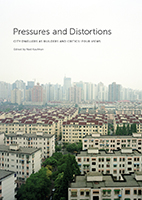
Pressures and Distortions looks at the design, building, and interpretation of cities from the point of view of their residents.The cities chronicled in depth include examples from China (Shanghai and Shenzhen), Latin America (Bogotá and Mexico City), and Indonesia (Banda Aceh). Shorter sections cover Lima and Rio de Janeiro. The authors show how residents respond creatively to environmental disaster, poverty, housing shortages, and surging urban population. They also show how governments, international relief agencies, architects, and planners can shape better urban environments.
Real estate investment accounts for a quarter of total fixed asset investment (FAI) in China. The real estate sector’s extensive industrial and financial linkages make it a special type of economic activity, especially where the credit creation...
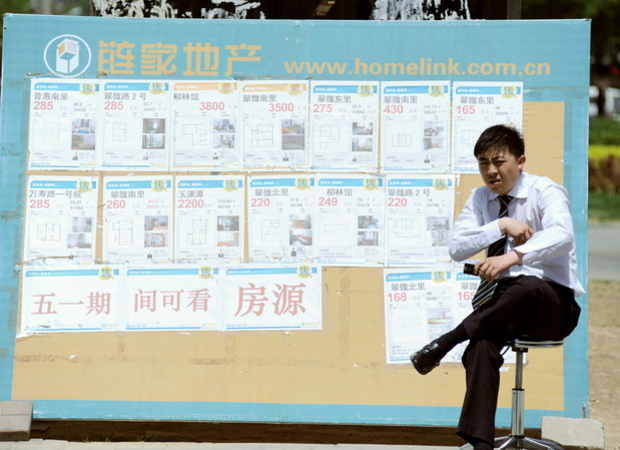
A twenty-six-year-old woman who moved to Beijing from a distant town for work could be a poster child for urban China’s latest housing market phenomenon: skyrocketing rents.
The woman, surnamed Fang, said goodbye to Liaoning province three...

On April 2, 2012, the United Nations released the first World Happiness Report on the occasion of its first General Assembly on “...
The vast majority of China's population lies to the southeast of a line running from Beijing to Sichuan. This entire region is subjected to major floods each year, while typhoons affect the southern and eastern coastal areas and major earthquakes...
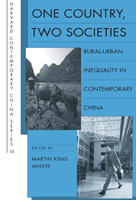
This timely and important collection of original essays analyzes China’s foremost social cleavage: the rural-urban gap. It is now clear that the Chinese communist revolution, though professing dedication to an egalitarian society, in practice created a rural order akin to serfdom, in which 80 percent of the population was effectively bound to the land. China is still struggling with that legacy. The reforms of 1978 changed basic aspects of economic and social life in China’s villages and cities and altered the nature of the rural-urban relationship.